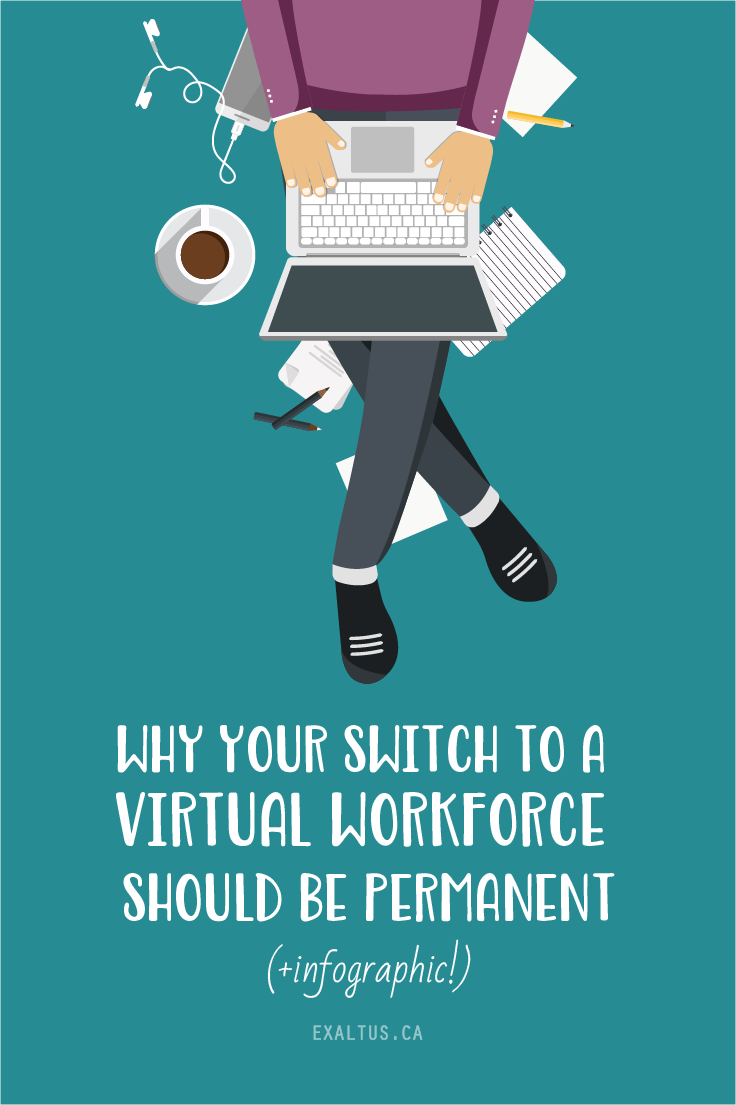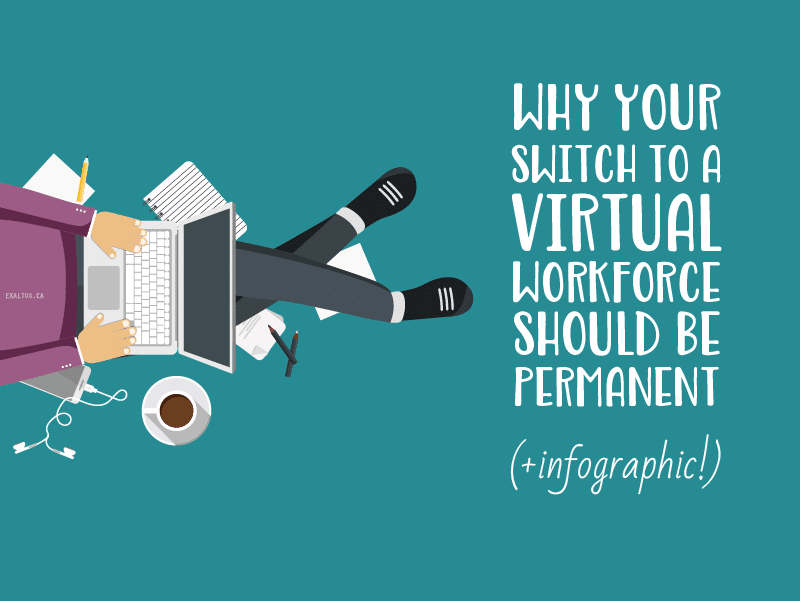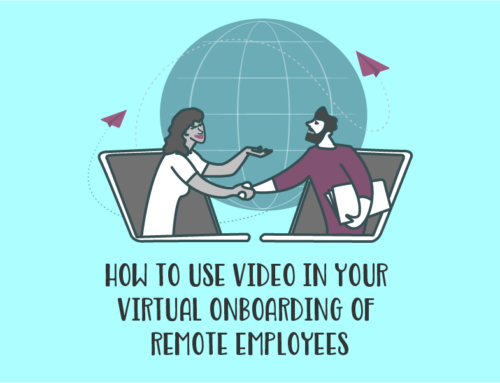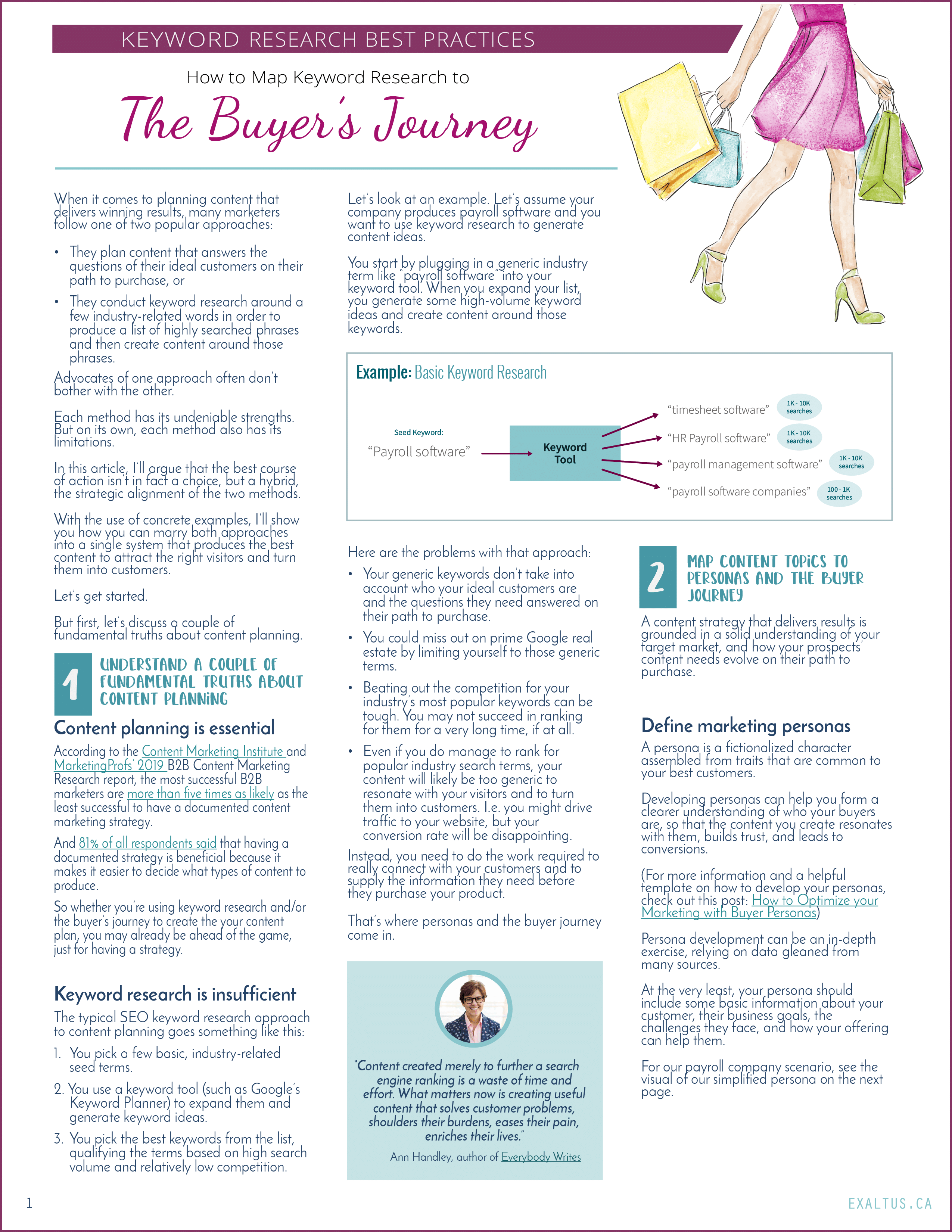If other major events in history are any indication, the Coronavirus will have several far-reaching and enduring impacts on the way we lead our lives. There is one impact that is both major and likely: there will be a lasting surge in the number of people who work from home.
The good news is: moving toward a virtual workforce will be one positive outcome of an otherwise devastating event. In this post (and accompanying infographic, which you can find by scrolling to the bottom of this post), I’ll look at nine reasons why.
Major Events Can Trigger Permanent Changes
Traumatic events can sometimes lead to permanent changes in the way we do things. History has borne witness to that fact.
Word War II, Fashion & Women in the Workforce
During the second world war, austerity regulations led to rationing, which impacted fashion in unexpected ways — shorter hemlines, narrower lapels, new materials, like textiles and plastics, for the manufacture of shoes.
But changes went much deeper. Before the war, women could be secretaries, nurses, seamstresses, and little more. The rare ones who held traditionally “male” jobs were mocked.
But the laughing stopped when women were needed to fill jobs in defense industries. And the change became permanent. Today, female engineers, policewomen, astronauts, and fighter pilots are much more common.
It took a world war to jolt us out of our comfort zone and to open our minds to new possibilities.
COVID-19 Impacts on Society
And just like a world war, a global pandemic is a traumatic planetary event that forces us to rethink our unconscious, unstated assumptions.
Pundits are having a field day, predicting that this global pandemic will result in political, economic, business, and technological changes:
- A decline in political polarization.
- A rise in telemedicine.
- A widespread move to electronic voting and strengthening of domestic supply chains.
To name just a few.
More People Will Telecommute After COVID-19
Telecommuting is not new. According to some estimates, 91% of HR leaders have implemented some form of work-at-home arrangements since the outbreak.
As someone who’s been working from home since I launched my business in 2012, it’s been entertaining to watch my friends discover the perks, particularities, and challenges of remote work.
And if there’s one thing I’m convinced of, it’s this: the toothpaste is out of the tube. Even when COVID-19 is over, people will be telecommuting more than ever.
But before we get into why that’s a good thing, it’s worth mentioning that the world was already moving toward more widespread telecommuting, even before the pandemic struck.
We Were Moving Toward a Virtual Workforce Anyway
We’ve been seeing a growing virtual workforce for years.
In the U.S., the number of remote workers grew by 173% between 2005 and 2018.
Even before COVID:
- A 2018 study showed that 52% of employees worldwide were already working from home at least once a week.
- Upwork predicted that by 2028, 73% of all teams would have remote workers.
Suffering from fewer conversions for the same ad spend on your Google Ads?
Your ads might be getting click fraud. Check if you need to protect your ads from competitors & bots. Simple setup. Start your free checkup today.
I believe that COVID-19 will only reinforce this trend toward a virtual workforce. Here are nine reasons why switching to a virtual workforce is a good idea.
1. Make Employees Happy
Even Before COVID-19, Employees Liked the Idea of Working From Home
Back when I was working in an office, and my children were young, I remember feeling that companies hadn’t quite caught up to the realities of two working parents.
No matter what I did to combine my roles as a mom and as a full-time employee, I remember always feeling I wasn’t doing justice to either.
 The juggling act was a constant challenge, made that much worse by the precious time lost to my daily commute. Back then, I savored the days I could work from home.
The juggling act was a constant challenge, made that much worse by the precious time lost to my daily commute. Back then, I savored the days I could work from home.
And it turns out I wasn’t alone.
The idea of working from home is appealing to most of us.
According to a 2019 Owl Labs study, 83% of U.S. full-time workers agree that the ability to work remotely would make them happier.
Why?
Statistics make that clear.
People believe that working from home will make it easier to:
- Achieve a better work-life balance: In fact, that’s the chief reason why 91% of U.S. remote workers choose to work from home.
- Reduce stress: 86% of professionals said they think a flexible or telecommuting job would allow them to reduce stress.
- Live a healthier lifestyle: 77% of professionals believe that job flexibility would allow them to be healthier by eating better and exercising more.
- Spend more time with family: 44% of people who want to work from home cite more family time as their reason.
- Save money on travel, parking, lunches and clothing: Studies have estimated that employees save $2,500 to $4,000 per year when they work from home even half the time.
Employees Are More Likely to Want to Telecommute After They’ve Tried It
For many employees, working from home was just an abstract notion until just a few weeks ago.
Studies have shown that after they experience the benefits first hand, 98% of remote workers want to continue to work remotely (at least some of the time) for the rest of their careers.
And if they liked it during COVID-19, they are likely to like it even more after COVID-19.
Here’s why:
- Workers impacted by the expected post-pandemic recession will appreciate the extra pocket money saved from transportation.
- They will be better able to fill the social void they may have felt during the crisis: they can schedule lunches with clients and colleagues, occasionally work from coffee shops, organize team meetings, etc.
- With the children back in school, they can personalize their environment and their schedule to boost their productivity – things they could not do when they had to share their workspace with bored, restless, and distracting children.
 2. Boost Retention
2. Boost Retention
So far, we’ve talked about how working from home benefits employees. How does that translate into a benefit for companies? To start with, by boosting retention.
One study shows that 74% of U.S. employees agree that the ability to work remotely would make them less likely to leave their employer.
Another study showed that companies that allow remote work experience 25% less employee turnover than companies that don’t.
And we all know how costly high turnover is.
3. Compete for Talent
Recent weeks have seen such a spike in unemployment that it’s easy to forget that, not long ago, it was an employee’s market. In fact, the U.S. unemployment rate in February 2020 was 3.5%, the lowest rate we’ve seen since the 60s.
Yes, the recession will take care of that. But not forever. The recession will eventually end and companies that allow working from home will have a clear advantage in their search for talent.
Case in point, 77% of U.S. workers say the ability to work from home would increase the likelihood of them accepting a job. What’s more, studies have shown that workers would forego significant other perks for the chance to work from home:
- 28% of respondents said they would take a 10% or 20% cut in pay.
- 21% are willing to forfeit vacation time.
- 17% said they would give up employer-matching retirement contributions.
That means that smaller companies (with smaller budgets) can have a shot at competing for top talent.
4. Expand Your Talent Pool
Employers are having a much harder time finding candidates with the specialized skills they need. If that’s your situation, why would you limit your talent search to markets where you have a physical office?
With a virtual workforce, you remove artificial boundaries and broaden your access to talent from across the globe.
5. Reduce Costs
For companies aiming to cut costs, moving to a virtual workforce is a great option. Kate Lister, the President of Global Workplace Analytics, tells us that employees are not at their desks 50-60% of the time.
Think of how much wasted time and space that represents. Lister estimates that companies can save an average of $11,000 per half-time telecommuter per year as a result of “increased productivity, lower real-estate costs, reduced absenteeism and turnover, and better disaster preparedness.”
This promised cost reduction will be particularly valuable:
- During the recession that is expected post-COVID.
- For small companies, who are in fact twice as likely to hire remote employees.

6. Protect the Environment
Climate change is the number one issue of the day (or at least was, before COVID). All sorts of measures have been proposed, and many meet with strong opposition: too painful, too expensive, not efficient, etc.
Here we have a golden opportunity to improve things at less than no cost.
There’s no question that a reduction of commuter travel would dramatically reduce our carbon footprint. We have already achieved immediate benefits in lowered carbon emissions due to social distancing.
Moving to a virtual workforce promises even greater benefits. One study estimates that if everyone who could and wanted to telecommute half of the time did, the greenhouse gas savings would equate to taking 10 million cars off the road.
7. Boost Performance
This one will surprise the many employers who assume that their teams will be less productive if they work from home.
In reality, the typical office is fraught with distractions. Interruptions from colleagues, water cooler conversations, and long lunches… not to mention all the time lost to long commutes.
The COVID-19 period will likely reveal the truth: working from home can result in a 13% performance improvement.
Here’s why:
- They can achieve better focus by personalizing their environment, working during their most productive hours, and avoiding distractions from colleagues. As a result, 65% of people feel they can be more productive in their home office than at a traditional workplace.
- They avoid their commute, have a harder time unplugging, and are more likely to work when they’re sick. As a result, remote workers are 43% more likely than on-site workers to work more than 40 hours per week.
8. You Have the Tools
Moving to a virtual workforce is an idea that has been floating for too long for you not to have at least entertained the idea.
Maybe you dismissed it as impractical. Maybe you were turned off by a fear of the unknown. But, proving the old adage that necessity is the mother of invention, COVID gave you no choice, so you did it. You’ve surmounted the obstacles.
Phone calls can be forwarded. And whether you needed to teleconference, to screen share, to access company documents, or to manage a project remotely… It turns out that there is an app for that.
In short, now you know it can be done.
9. Move Gradually to a Virtual Workforce
It’s a big step, but you don’t have to do it all at once. Maybe some of your employees could easily work from home and others not. Going virtual doesn’t have to be an all-or-nothing move.
Unsure whether you’re ready to jump in? Start by dipping your feet in.
Here are some tactics you could try:
- Start by offering employees the chance to work from home a couple of days a week.
- Make certain days mandatory office days, to make sure that your team has some time together for the meetings that are best held face to face.
- Offer telecommuting only to employees who:
- Depend on less interaction with colleagues, customers or suppliers.
- Are responsible for complex tasks that require greater concentration.
- Shone during the period of social distancing for their ability to be productive remotely.
A Final Word
The pandemic has been traumatic. We’re unsettled. It’s only natural that we’re craving a return to normal.
But we can do better than that. We can improve our lives, our businesses, and our environment by opening our minds to a new way of doing things.
Don’t we owe it to ourselves to try?

























